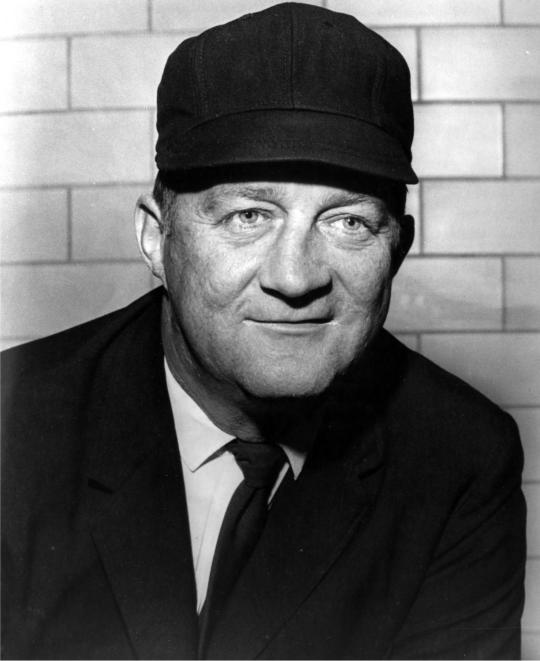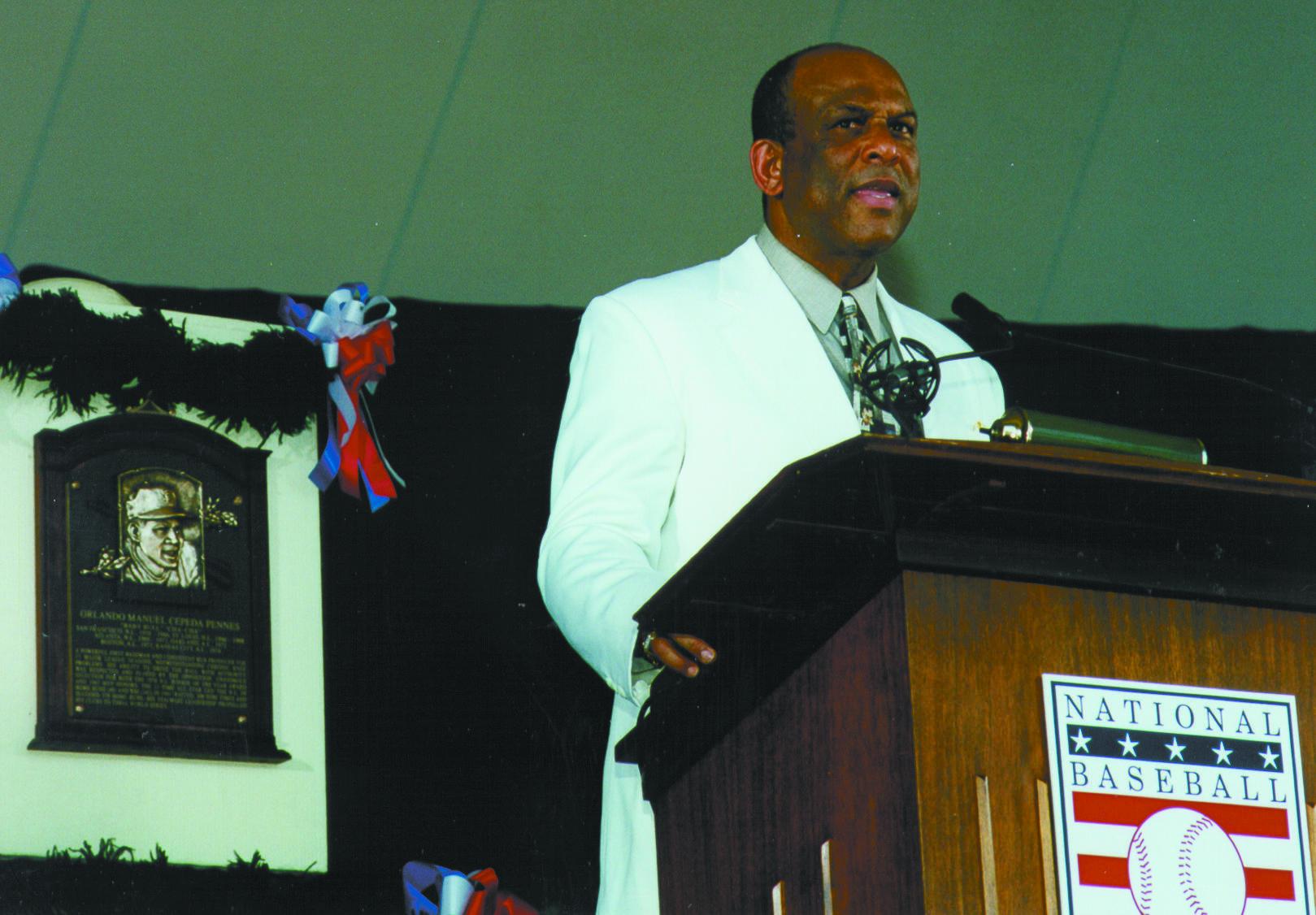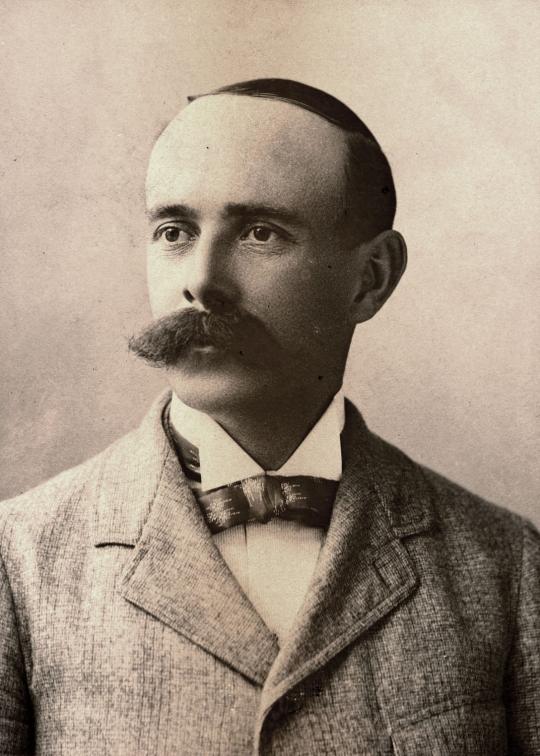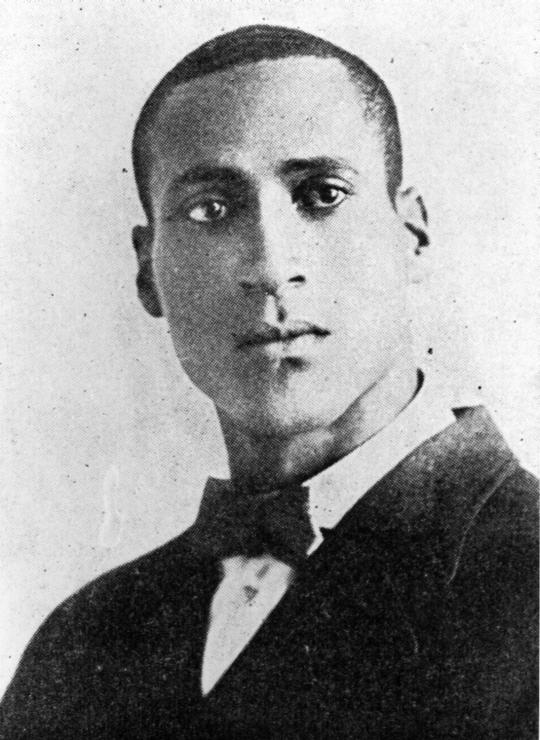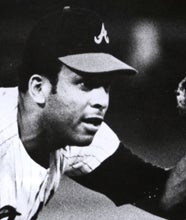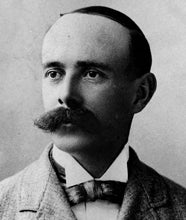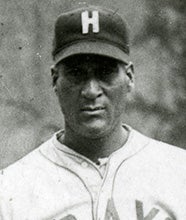- Home
- Our Stories
- Veterans’ Committee names four to Hall of Fame
Veterans’ Committee names four to Hall of Fame
On March 2, 1999, the Veterans’ Committee completed one of the great classes in Hall of Fame history.
Orlando Cepeda, Joe Williams, Frank Selee and Nestor Chylak were elected to the Hall of Fame that day, joining Baseball Writers’ Association of America electees Nolan Ryan, George Brett and Robin Yount as the Class of 1999.
The hard-hitting Cepeda played for six different franchises during his illustrious 17-year career. Patrolling outfield and first base for the San Francisco Giants, St. Louis Cardinals, Atlanta Braves, Oakland A’s, Boston Red Sox and Kansas City Royals, the “Baby Bull” represented the National League on seven different occasions in the Midsummer Classic.
He enjoyed nine seasons where he topped the .300 mark – highlighted by winning Rookie of the Year in 1958 with the Giants and MVP in 1967 with the Cardinals. He was a unanimous selection for both awards, becoming the first unanimous NL MVP since Carl Hubbell in 1936. For his career, Cepeda hit .297 with 379 home runs and 1,365 RBI.
Williams dominated opposing batters throughout his career in the Negro Leagues. Smokey Joe threw an incredible 12 no-hitters, highlighted by an incredible performance in which he struck out a total of 27 hitters during a 12-inning win in Aug. 1930 at the age of 44.
Although he never played in the American or National League, he did compete in exhibition games where he defeated fellow Hall of Fame pitchers Grover Alexander, Chief Bender, Waite Hoyt, Walter Johnson and Rube Marquard. In a 1952 poll conducted by the Pittsburgh Courier, Williams was voted the greatest pitcher in Negro League history.
Selee, manager of the Boston Beaneaters during the late 19th Century, led the club to five pennants in 11 years. He guided his 1892 and 1898 Boston teams to 100 wins, becoming the first ever teams to achieve the feat. Selee then took over a struggling franchise, the Chicago Cubs, in 1902 and turned the team into a perennial favorite each year to win the pennant.
Selee was the mastermind behind the development of one of the most famous double play combinations of all-time - Tinker-to-Evers-to-Chance. He finished his managerial career with 1,284 wins and a .598 winning percentage, fourth highest in history.
Nestor Chylak gained respect and notoriety throughout his career as a longtime American League crew chief. He commanded the diamond as one of the game’s best umpires throughout his 25-year major league career (1954-78), where he not only gained the admiration of players and managers during his six All-Star games, three League Championship Series and five World Series appearances, but also the entire nation when he was awarded the Silver Star and Purple Heart honors for courage.
Chylak was a U.S. Army member in World War II, nearly losing his eyesight after being struck by shrapnel from an exploding shell.
Matt Kramer is a former Public Relations intern for the National Baseball Hall of Fame and Museum

